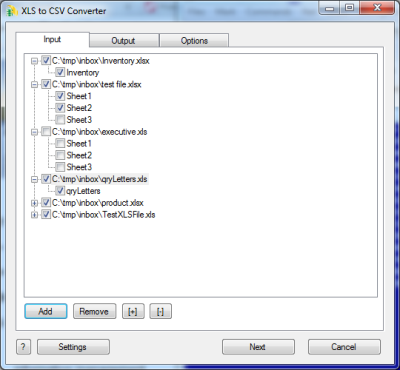

In the following demo, both methods are used to set a custom header and a custom footer.CSV (Comma Separated Values) is a widely-used data file format that stores tabular data in text form. As it is applied after adding the content, you can also use it to access the generated cells. To customize the rows after the data grid content, you should use exceljsPostProcess. The content of the data grid will start on the next row after those added by exceljsPreProcess. Since exceljsPreProcess is applied before adding the content of the data grid, you can use it to add some informative rows on top of the document. The rows after applying the sorting rules, the filtering rules, without the collapsed rows and only for the current page ( Note: If the pagination is disabled, it will still take the value of page and pageSize).įunction exceljsPreProcess ( //. GridPaginatedVisibleSortedGridRowIdsSelector The rows after applying the sorting rules, the filtering rules, and without the collapsed rows. The rows after applying the sorting rules, and the filtering rules. The rows after applying the sorting rules. The grid exports a few selectors that can help you get the rows for the most common use-cases: Selector If not, it exports all rows except the footers (filtered and sorted rows, according to active rules), including the collapsed ones.Īlternatively, you can set the getRowsToExport function and export any rows you want, as in the following example. The print export always prints rows in their current state.īy default, the data grid exports the selected rows if there are any. This section only applies to the CSV and the Excel export.


 0 kommentar(er)
0 kommentar(er)
